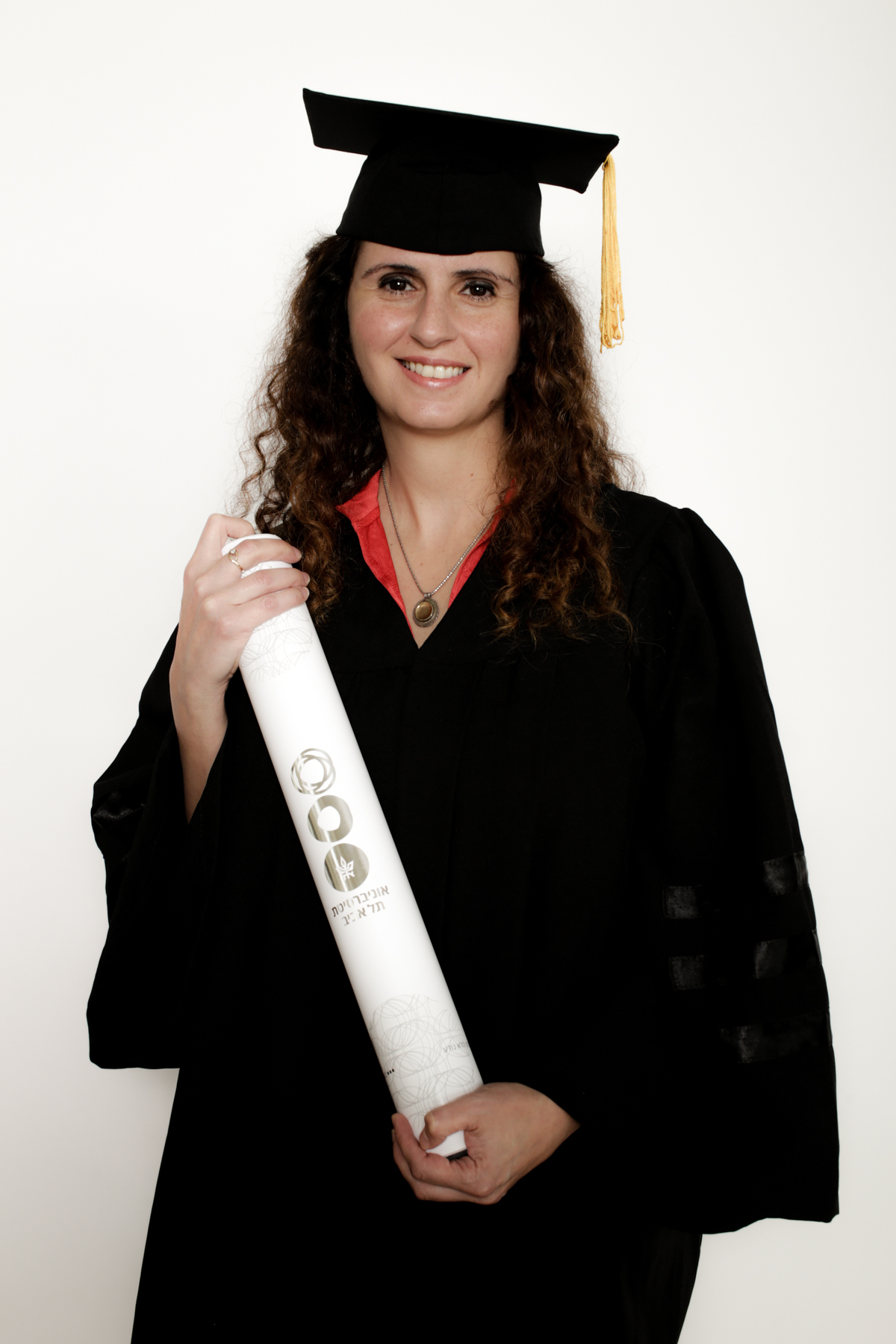No Error: IBM Research Honor Roll Recognizes Software Testing Innovator Rachel Tzoref-Brill

The best software engineers have a solid understanding of how their company develops software, the purpose that software fulfills and how it must be maintained over time. Since joining IBM nearly two decades ago, Rachel Tzoref-Brill has embodied excellence in software engineering in her work at IBM Research, earning a spot on this quarter's IBM Research Honor Roll.
The quarterly IBM Research Honor Roll formally honors a select and diverse range of internal and external accomplishments achieved across the globe by our IBM researchers, developers and designers in each of our Labs.
Tzoref-Brill is a research staff member at IBM Research – Haifa, who has earned many accolades over the years, as well as 29 patents. Most recently, she received the 2020 SIGSOFT Outstanding Doctoral Dissertation Award in recognition of the research she did to earn her PhD on "comprehension and evolution of combinatorial models and test plans" from Tel Aviv University. The SIGSOFT Outstanding Doctoral Dissertation Award is determined annually from a pool of about 80 candidates and given to the author of an outstanding doctoral dissertation in the area of software engineering.
Tel Aviv University Professor Shahar Maoz, served as Tzoref-Brill's academic supervisor and nominated her for a body of doctoral research that consisted of four papers, including "Comprehension and Evolution of Combinatorial Models and Test Plans." Combinatorial software testing is based on the premise that many errors in software typically arise from the interaction of a combination of conditions in an operating environment. As a result, the most effective way to test software for errors is to expose it to a combination of configuration parameters during development. The parameters can represent, for example, configuration variables or program inputs.
Tzoref-Brill earned her PhD as part of a joint study agreement between IBM and Tel Aviv University, attending the university for five years while also working for IBM Research in Haifa.
"My work for both IBM and the university were in complete alignment, which enabled me to create technology that helped me earn my PhD as well as benefit IBM," says Tzoref-Brill, who began her IBM career in 2001. "We need to find ways to make impactful research and at the same time contribute to IBM's business. We have to keep this in mind at all times."
Her initial motivation to work for IBM was that the Haifa lab does research in the area of formal methods to verify that hardware works properly. "I had a research mindset, even as an undergraduate studying computer science at Technion – Israel Institute of Technology," Tzoref-Brill says. "I fell in love with formal methods to verify that hardware and software work correctly even as an undergraduate."
Her interest in software bugs and new ways to improve software quality only grew from there. "I learned about this world of software engineering and started exploring combinatorial test design (CTD), which lets you design your testing so that you get the most out of it—it takes less time to find more bugs," says Tzoref-Brill, who earned her Master of Computer Science degree from Technion.
"IBM was my first full-time job, and it's become like a second home," she says. "What I like so much is that you are doing research, and you instantly see the impact of that work."
As she began studying for her PhD in 2014, Tzoref-Brill worked with a team of IBM researchers to implement CTD. The tool they developed was successful because it solved a problem that every developer and tester has, "What should I test, and what tests should I run?" she says. Even though CTD has been around since the 1980s and 90s, it was not widely adopted until only a few years ago. IBM took advantage of the technology internally and later used it as the basis for IBM Global Business Services' IGNITE application testing platform. That work earned Tzoref-Brill and her team an IBM Corporate Award in 2016 for Combinatorial Test Design Innovations.
Tzoref-Brill pursued CTD as the subject of her PhD as a way to determine how the process could be made more effective as software changes and requirements for developing software change over time. Adding to the challenge of tackling such a complex topic, she had two small children at home, and gave birth to a third during her PhD studies. "I had always wanted to do a PhD, even though I knew I would have to devote more time to publishing and studying along the way," says Tzoref-Brill, whose father earned a PhD in physics from Oxford University, where she and her family lived for three years when she was a young child.
Since the start of the COVID-19 pandemic, she's done most of her research from home. Like most working parents, she's found it challenging to be productive while multitasking between work and home life. "I've found the experience has actually helped me focus more, when I'm able to sit down to work," she says. "You have to choose carefully what you work on when you have less time to devote to work. But I'm also happy to be here when my children, who just went back to daycare and school, come home every day."